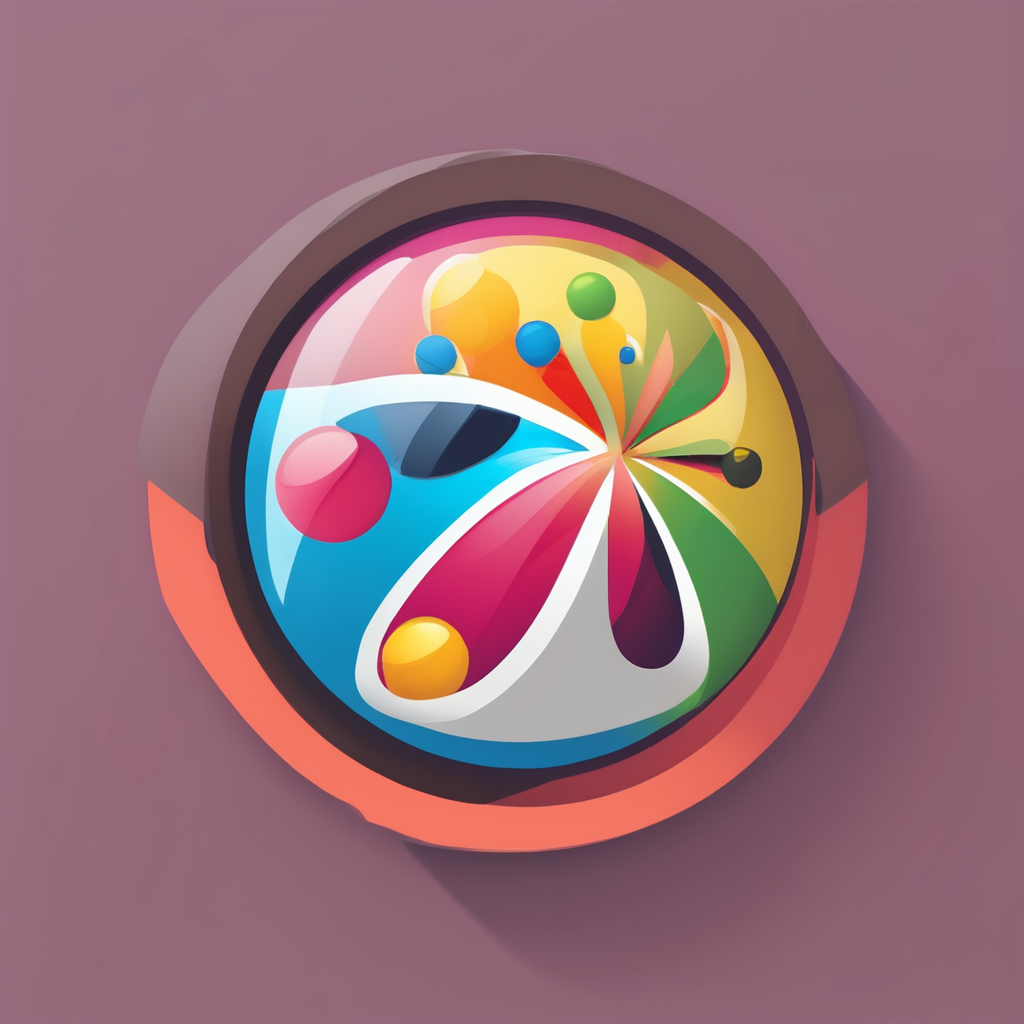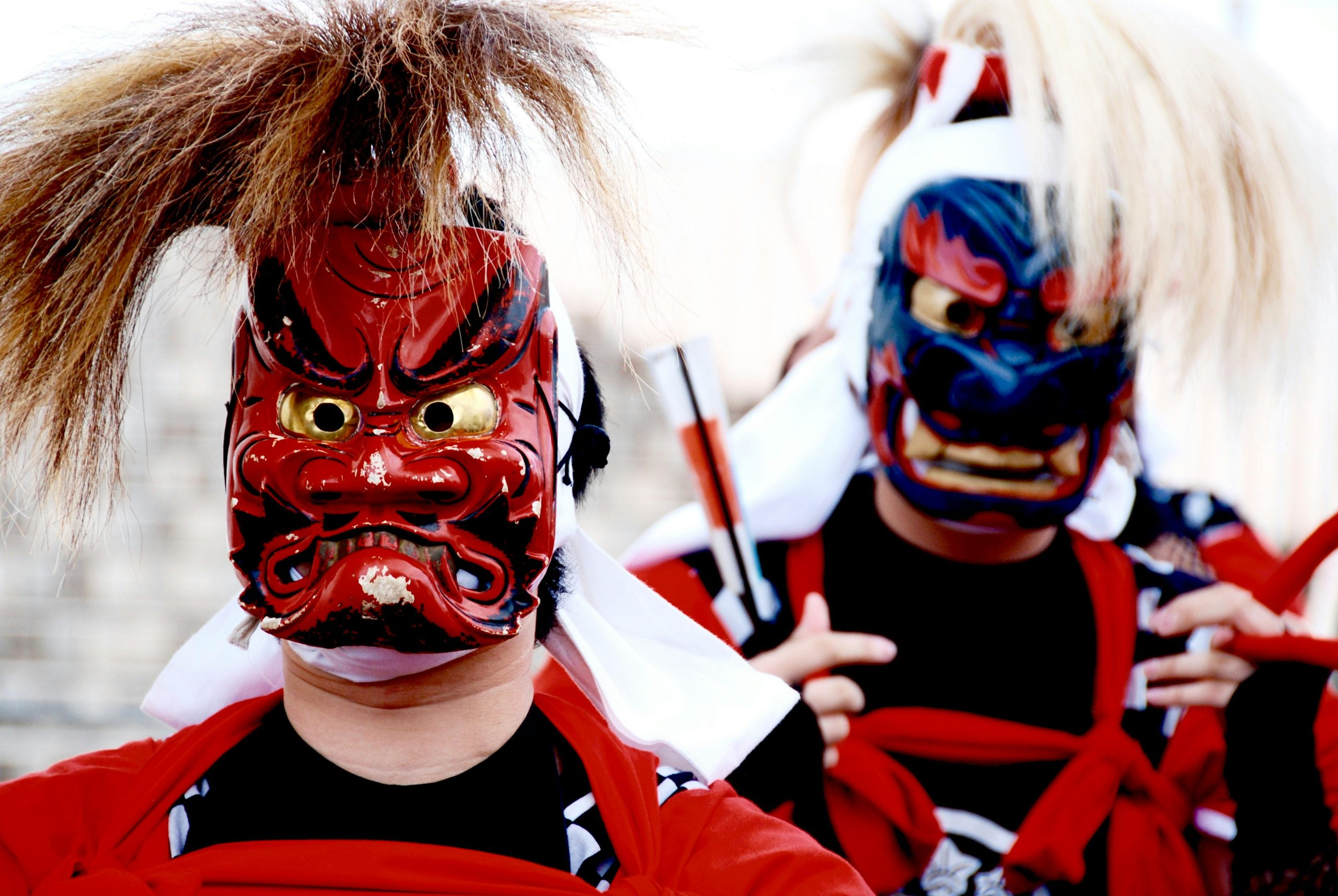Oni masks embody powerful symbols in Japanese folklore, representing demons that inspire both fear and respect. Their striking designs tell stories of protection and punishment, deeply woven into festivals and traditional theater. Understanding these masks reveals rich cultural layers and artistic traditions, inviting appreciation beyond their fearsome appearance.
Core meaning and cultural significance of Oni masks
The role of the Traditional japanese mask, particularly the Oni mask, shapes an intricate narrative rooted in both fear and awe within Japanese culture. Stemming from ancient legends, Oni masks depict horned demons or ogres with vivid colors and fierce expressions, reflecting the supernatural beings’ dual reputation as chaotic threats and potent protectors. Their mythology dates back centuries, with oni serving as cautionary figures in folklore and acting as metaphors for natural disasters or personal tragedy.
Also to discover : Explore the charm of steampunk lamps for a stylish home!
In ritual contexts and annual festivals most notably Setsubun Oni masks become instruments of spiritual defense. Participants don these striking masks and shout ritualistic phrases to drive away misfortune. The Oni mask’s protective purpose extends to architecture as well, in the form of roof tiles (onigawara), which are believed to ward off evil similar to gargoyles in Western tradition. This tradition reveals how spiritual meaning and everyday life overlap, maintaining the oni’s presence as a formidable yet beneficial figure.
Color symbolism is central to Oni masks. Bold red versions embody anger and raw power, black variants hint at deep malevolence or immense strength, while blue masks convey sadness or calm ferocity. Each hue communicates a different emotional or spiritual intent, amplifying the message conveyed in theatrical performances or ceremonies, and reinforcing the Oni mask’s persistent influence within Japanese tradition.
Also to see : Luminous balcony haven: inspiring spice garden concepts for uk residences
Types, Visual Features, and Roles in Japanese Tradition
Key Types of Oni Masks and Regional Variations
Oni masks appear in numerous forms across Japan, each tailored by region and use. Traditional Japanese oni mask types commonly feature red, blue, or black faces, abundant teeth, and pronounced horns. Regional artisans add distinctive touches, like exaggerated snarls or elongated fangs. In Tottori and northern areas, oni mask facial features and variations include broader jaws and sharper brows, attributing extra menace for local folklore tales. Wooden carving art has persisted as a popular crafting method, with family workshops passing down techniques over centuries. Half-face Japanese masks, including oni variants, are often preferred for their mobility during rituals and festivals. Some areas favor bright oni mask color symbolism to reflect local beliefs—red for aggression, blue for protection, and black for strength.
Differences and Similarities: Oni Masks Versus Hannya Masks
Comparing oni masks to Hannya masks reveals crucial distinctions. Oni masks represent malevolent demon spirits or ogres, while Hannya masks portray women transformed by jealousy and sorrow. Both mask types have iconic horns and fierce eyes, but oni masks generally have more animalistic teeth and broader faces. Color distinctions also offer meaning: red or black oni marks power and violence, while colored Hannya signals inner emotion. Both are crafted using traditional crafting techniques for oni masks, but Hannya masks remain closely tied to Noh theater, and oni masks span festivals, rituals, and armor.
Iconic Roles in Traditional Theater, Samurai Armor, and Religious Rituals
Oni masks play pivotal roles in kabuki theater and Noh performances, symbolizing evil, chaos, or supernatural intervention. Variations appear in performances where oni embody adversaries for heroic characters. In samurai history, warriors sometimes wore samurai with oni mask motifs—either as helmet adornments or faceplates (menpo)—to intimidate foes on battlefields. Religious use often sees oni masks in festivals like Setsubun, driving away bad fortune and inviting blessings. Their enduring imagery encapsulates fear, awe, and protection, linking folklore, martial history, and art across generations.
Oni Masks in Popular Culture, Art, and Modern Interpretations
Representation in Anime, Manga, and Video Games
Oni masks in anime series and games often appear as symbols of strength, supernatural power, or inner demons. Notable oni masks in pop culture—like the oni mask used by villains and anti-heroes in shows such as YuYu Hakusho or games like Dead by Daylight—represent both menace and mystery. Modern interpretations of oni masks frequently leverage exaggerated facial features—horns, fangs, and vibrant colors—to communicate their mythical origins. These adaptations extend the legend of oni masks beyond folklore, introducing their imagery to global audiences through stylized animation and interactive storytelling.
Oni Mask Tattoos, Cosplay, and Contemporary Artworks
Oni mask tattoo symbolism ranges from protection and defiance to expressing inner emotional struggles. Popular oni mask tattoo designs use red, black, or blue mask motifs to convey different themes: red for passion, black for dominance, blue for sorrow. Placement possibilities, such as sleeves or forearms, allow for intricate storytelling and cultural homage. In creative cosplay and roleplay, oni mask cosplay and roleplay enthusiasts craft elaborate costumes, sometimes pairing masks with samurai armor for authenticity. Modern artists reinterpret oni masks as collectibles and art pieces, bringing traditional design into sculpture, canvas, and even fashion, further amplifying their impact on modern pop culture.
Modern Adaptations: Halloween, Pop Culture, and Collectible Art
Use of oni masks in Halloween costumes has soared, with LED and glowing features or cyberpunk style oni masks adding to their popularity. Oni masks as collectibles and art pieces are now prized for their visual intensity and craftsmanship. Modern interpretations of oni masks continue to influence pop, gaming, and art worlds—enabling these legendary images to both celebrate and evolve Japanese tradition within a contemporary context.
How to buy or create Oni masks: practical guidance
Trusted sources and marketplaces for authentic or custom Oni masks
For buying authentic oni masks online, dedicated marketplaces provide a wide selection, often distinguishing between handmade and custom oni masks. Sites with Japanese artisan connections allow buyers to choose from traditional oni mask styles, spanning wood, resin, and hybrid materials. When researching where to buy traditional oni masks, pay attention to vendor transparency about origin and craftsmanship. For unique pieces, popular oni masks on Etsy can range from intricately carved wooden variants to modern resin adaptations, many being one-of-a-kind or customizable.
Decorative uses and collecting Oni masks as art or home decor
Oni mask wall decorations and art serve dual purposes: reflecting cultural symbolism while transforming spaces. Collectors gravitate toward wooden versus resin oni masks for their tactile authenticity and visual impact. Handmade and custom oni masks overview highlights how both materials retain the dramatic facial features and storytelling power of folklore. Placement above entryways or as part of a mask gallery wall lets these pieces work as conversation starters and protective motifs.
DIY crafting guides and tutorials for making or drawing Oni masks
For creatives, oni mask DIY crafting guides break down steps for assembling your own mask using clay, paper mache, or other accessible supplies. Oni mask painting and drawing tutorials, plus a step-by-step guide to drawing oni masks, support beginners and hobbyists. Experimenting with wooden versus resin oni masks in your designs enhances personalisation, blending tradition with artistic exploration.








